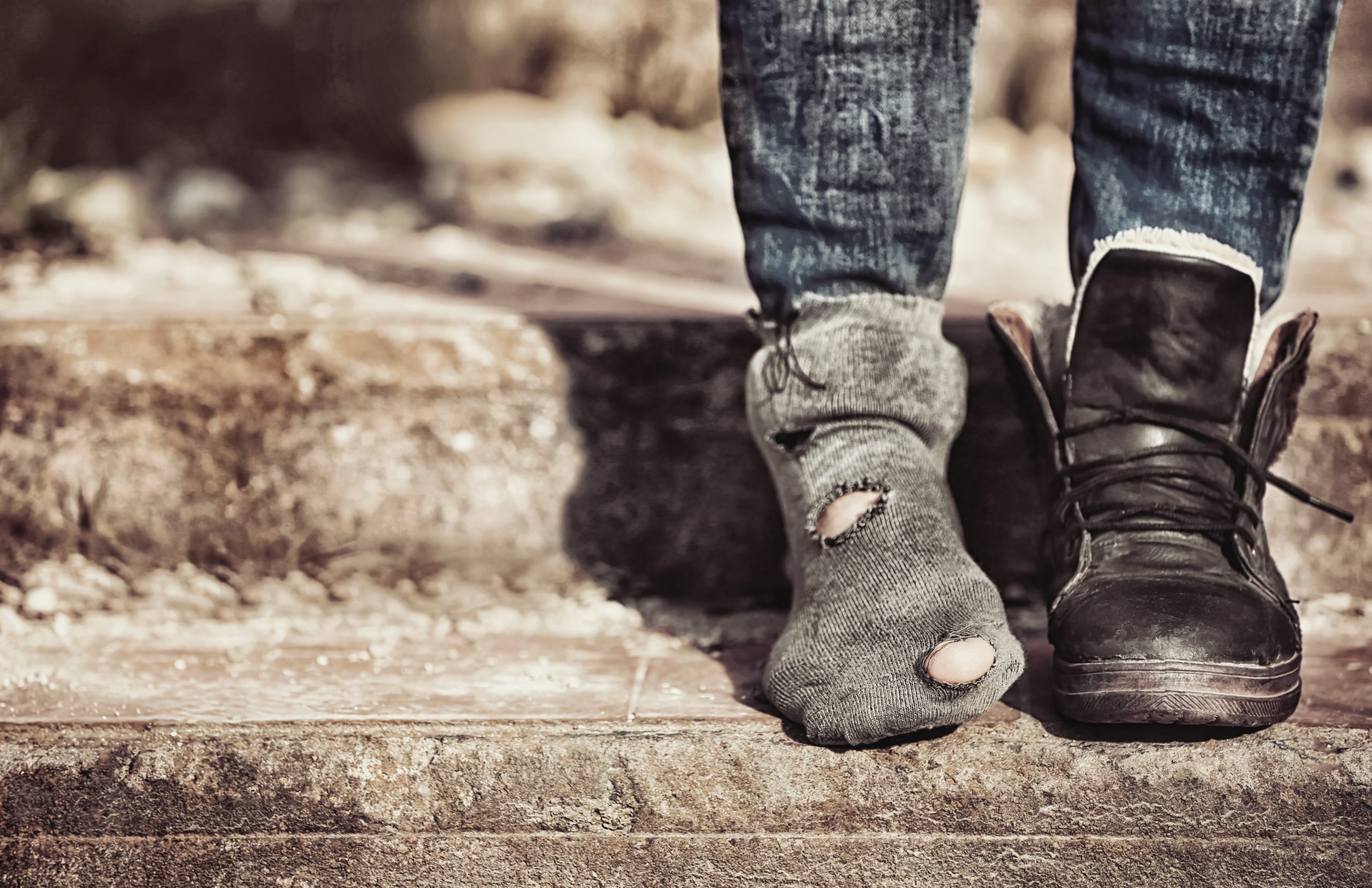Social entrepreneurism is on the rise. Millennials purchase more deliberately and are willing to spend the extra dollar for a do-good feeling. It makes sense that for-profit businesses with a goal of addressing social and environmental challenges are becoming more and more common. When a company successfully operates this type of business, it can be a win-win-win scenario: the business makes a profit and gains a boost in reputation, the consumer feels like they have made a positive impact, and a person in need gets a helping hand. In the context of social businesses, we have historically referred to these types of social enterprises as Social By Sharing enterprises.
Entrepreneurs hope to make a social impact while making a profit, but in reality, they struggle to do either. They often have difficulty finding a business model to sustain their goal of substantial social impact and large financial returns.
Companies like TOMS and Warby Parker are examples of successful, large-scale businesses that rely on a business model supporting social change. Both companies employ a buy-one-give-one (BOGO) business model. TOMS calls its giving program “One for One” and donates a pair of shoes for every pair purchased. For every pair of glasses purchased, Warby Parker distributes a pair through the “Buy a Pair, Give a Pair” program.
BOGO business models – what makes them successful?
Most BOGO business models hope to provide resources to alleviate poverty across the world – a difficult and daunting task. So how can private, for-profit companies be successful in making a difference and making a profit? Here are some top reasons for success in BOGO:
- Tangible Products. Consumer products like TOMS’ shoes and Warby Parker’s eyeglasses are the most successful in the BOGO world. Shoes, jewelry, clothing – basically any tangible, touchable product – are a hit with consumers. People understand that with the purchase of a shirt for themselves, they also provide a shirt to someone in need. It’s simple. It’s easy to understand. It’s giving by getting.
- Simple Messaging. Like the straightforwardness of a tangible product, a simple message fuels understanding and conversation. A BOGO program helps consumers connect with a real person and this connection can motivate consumers to purchase. Successful companies are clear and concise in their marketing efforts and utilize social conversation as a marketing tool.
- Pricing Strategies. Like many businesses, BOGO companies need to test pricing strategy in order to thrive financially and create the social impact desired. Some companies chose to mark up their products, selling at a higher price than competitors and using the excess profit for a social mission. Other companies bypass retail channels and employ a direct-to-consumer model, cutting out the expensive middlemen. Either way, businesses must find a way to afford the “give-one” aspect of BOGO.
- Benefit Corporations. A company that classifies its business structure as a benefit corporationline. Benefit Corporations are for-profit corporations that had committed to providing or pursuing a social mission in addition a general business purpose. In the context of a BOGO business a benefit corporation can protect both its financial bottom line and its social bottom line without fearing reprisal from its equity holders for pursuing a mission instead of just a profit. Not all BOGO companies file as benefit corporations, but this business structure can ensure a company maintains its desire to make a positive social impact.
What challenges do BOGO companies encounter?
This business model has received a fair share of criticism and encounters a range of challenges.
- Scaling Donations. As a BOGO company becomes more popular, it needs to be able to scale its giving program with consumer demand. The company may have difficulty keeping up with both consumer sales and donation distribution. Companies who rely on volunteers for dispersing donated goods may not be able to recruit volunteers as quickly as needed.
- Demand of Local Products. When BOGO companies donate goods to an impoverished community, a negative consequence might be lesser demand for locally made products. For example, when TOMS donates shoes to those in need, the local shoemaker may experience a dip in sales. If this dip grows too large, he could close up shop for good and the community would then depend solely on donations for its footwear needs. This scenario does not address nor help in finding a solution for the underlying issue of poverty. BOGO companies need to understand the communities that they aim to help to ensure they are actually helping.
Check out these local Minnesota BOGO companies:
- Love Your Melon, a for-profit company that donates a hat for every hat purchased and donates 50% of its profits to pediatric cancer research.
- Hippy Feet, a relatively new company that gives a clean pair of socks to a homeless shelter for every pair purchased.
- WOODCHUCK, a nature-focused company that plants a tree for every product purchased as part of its “Buy One, Plant One.”
- Pab’s Packs, a nonprofit that donates a backpack to a chronically ill teenager for every pack purchased by consumers.
- Northern Glasses, a Minnesotan company that makes a gallon of clean water accessible to someone in need for every pint glass purchased through its “Get a Glass, Give a Gallon” program.






